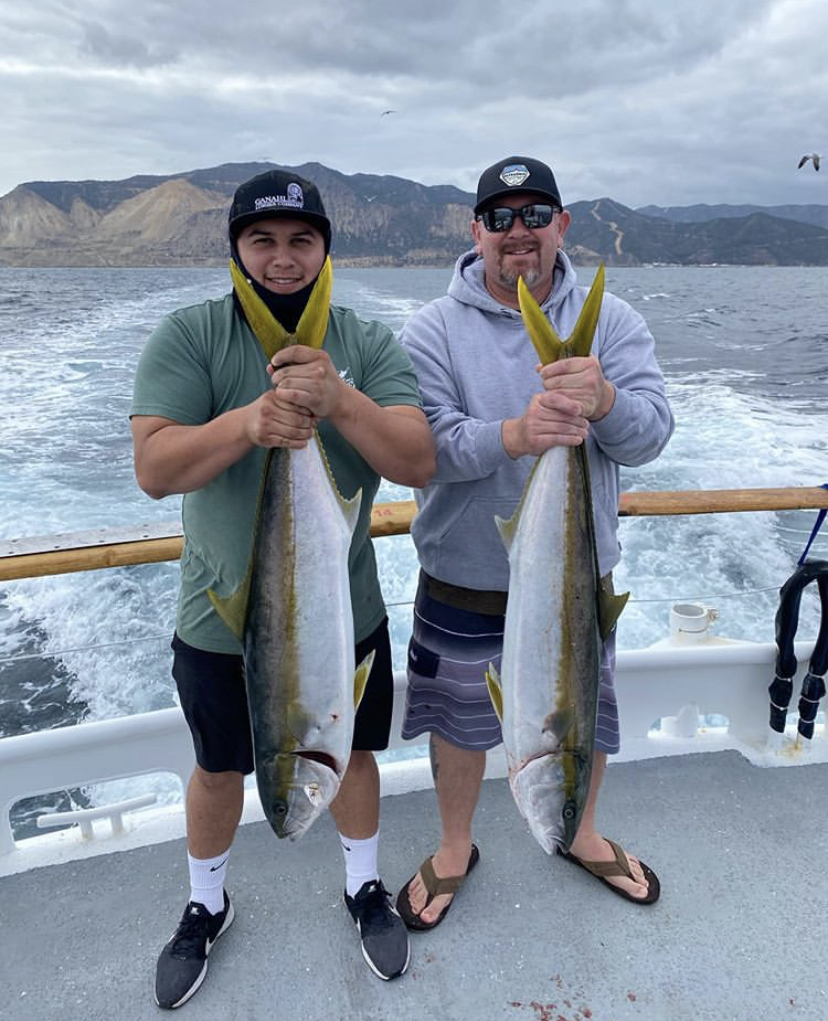How Tides and Current Impact Bass Fishing Off Dana Point

Understanding Water Movement for Better Bass Results
If you’ve spent time chasing calico bass or sand bass along the Southern California coast, you know success isn’t just about having the right bait—it’s about being in the right place at the right time. That’s where tides and current come in. At Dana Wharf, seasoned anglers and crew know that understanding water movement is one of the most valuable skills you can develop for consistent hookups.

Why Tide Timing Matters
Bass tend to feed more actively during tidal transitions—especially when the current begins to move after a slack tide. A strong incoming or outgoing tide can stir up baitfish and trigger feeding frenzies. This is especially true around kelp beds, rocky structure, and reef zones where bass ambush prey.
How Current Affects Lure Presentation
When there’s moving water, your bait moves more naturally, and predatory fish like calico bass become more aggressive. Conversely, when tides are flat and the current dies, bites can shut down quickly. On those days, you may need to downsize your tackle or fish deeper structure to find active fish.

Local Knowledge is Everything
Our Dana Wharf captains use tide charts and real-time current reports to time each trip to give anglers the best shot at success. If you’re new to understanding tides, just ask your deckhand or captain—they’ll happily share tips for reading water movement and positioning your bait for a strike.
